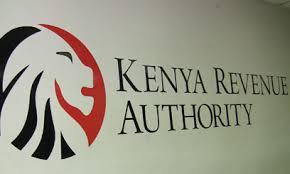The Kenya Revenue Authority (KRA) has announced a significant 11% increase in customs revenue, collecting Ksh. 879 billion in the 2024/2025 financial year. According to Dr. Lilian Nyawanda, Commissioner for Customs and Border Control, the department recorded a performance rate of 105.9%, translating to an average daily revenue of Ksh. 3.5 billion.
The impressive performance was largely driven by a 10.3% increase in non-oil taxes to Ksh. 541.1 billion, and a 12.5% rise in oil-related taxes to Ksh. 338.3 billion. Notably, the third quarter of the financial year recorded the highest performance rate of 109.2%, with January 2025 marking a historic high of Ksh. 82.6 billion in collections, translating to a 121.1% performance rate.
Import Duty revenue surged by 18.3% to Ksh. 157.9 billion, with the agriculture and steel sectors leading the charge, growing by 67% and 39% respectively. Excise Duty collection also rose by 11.6% to Ksh. 125.3 billion during the period.
A major contributor to the customs revenue growth was a 37.4% reduction in exemptions on critical imports such as sugar, rice, and cooking oil, which bolstered non-oil tax collections.
KRA also intensified its fight against contraband and tax evasion. Enhanced customs enforcement and data analytics led to the interception of illicit goods worth Ksh. 549 million, including the seizure of over 40,000 litres of smuggled ethanol disguised as molasses. This crackdown contributed to dramatic increases in revenue from regions such as Western and Rift Valley, which grew by 122% and 117% respectively.
Revenue from ports and bonded facilities also rose by 15% and 17%, respectively. Moreover, the introduction of centralized clearance processes significantly improved efficiency, cutting cargo clearance times by 62%, from 110 hours to 42 hours.
In a move to boost regional trade, KRA established three trade facilitation centres in Turkana County’s Kainuk, Lodwar, and Kakuma to support the Northern Corridor, which connects Kenya with South Sudan, Ethiopia, and Uganda.
KRA also reported a modest 0.8% increase in revenue per imported motor vehicle following stricter enforcement measures in the sector.

